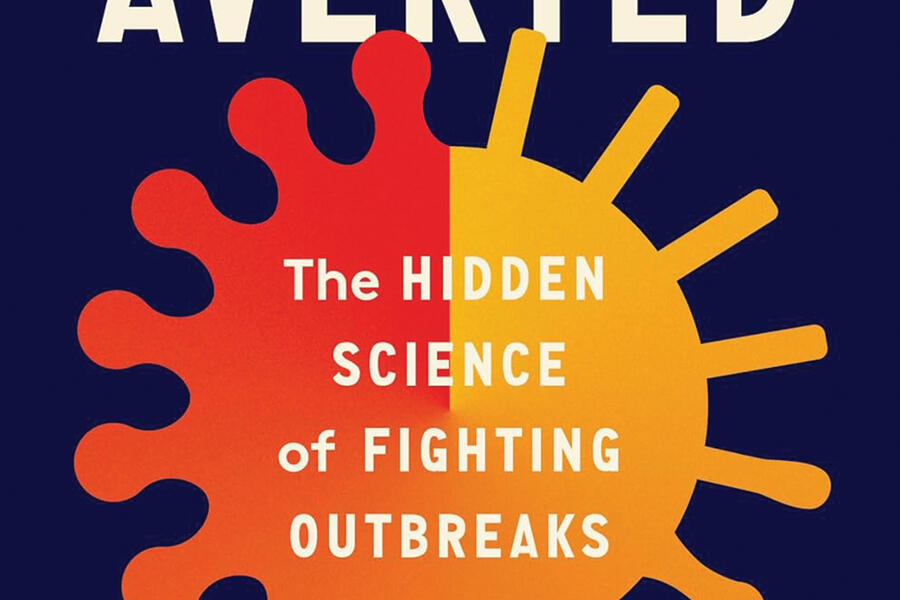The situation could have spiraled into a global catastrophe. In 2014, a plane carrying an Ebola-infected passenger landed in Lagos, Nigeria, one of Africa's most populous cities. Instead of succumbing to panic, Nigerian health officials launched a meticulous effort to identify and quarantine the passenger's contacts. This decisive action helped prevent disaster not just in Lagos but across the whole world.
Recounted in a new book by Johns Hopkins epidemiologist Caitlin Rivers, Crisis Averted: The Hidden Science of Fighting Outbreaks (Viking, 2025), the intervention in Lagos reflects the often-invisible mechanisms that underpin public health. "When epidemiologists do their jobs, nothing happens," Rivers writes. "An outbreak does not grow into an epidemic."
A primer on public health, Crisis Averted aims to repair the damage done to the field's reputation during the coronavirus pandemic, while reflecting candidly on the missteps and flops—and obstacles like politics and complacency—that can hamper the mission to save lives. As such, the book covers both the successes and losses, weaving historical analysis with firsthand accounts of the laborious work involved in keeping our water and air safe, alerting us of natural disasters, and protecting us from "the deluge of new [infectious disease] outbreaks."
The book zeros in on victories like the World Health Organization's eradication of smallpox in 1980. Led by Donald A. Henderson, dean of what is now the Johns Hopkins Bloomberg School of Public Health from 1977 to 1990, the global containment and vaccination program "took a hyperlocal approach," Rivers says, with health workers traveling by foot or motorbike to remote villages in Asia and Africa, where smallpox persisted. But practitioners didn't just show up and enforce inoculation. They built relationships with leaders and residents, largely letting people decide for themselves whether to get vaccinated.
Henderson's strategy worked, but not all safety initiatives end that way, especially when public health is misunderstood and inadequately funded, Rivers warns.
Her book, then, serves as a cautionary tale—and a call to action.
Posted in Science+Technology








